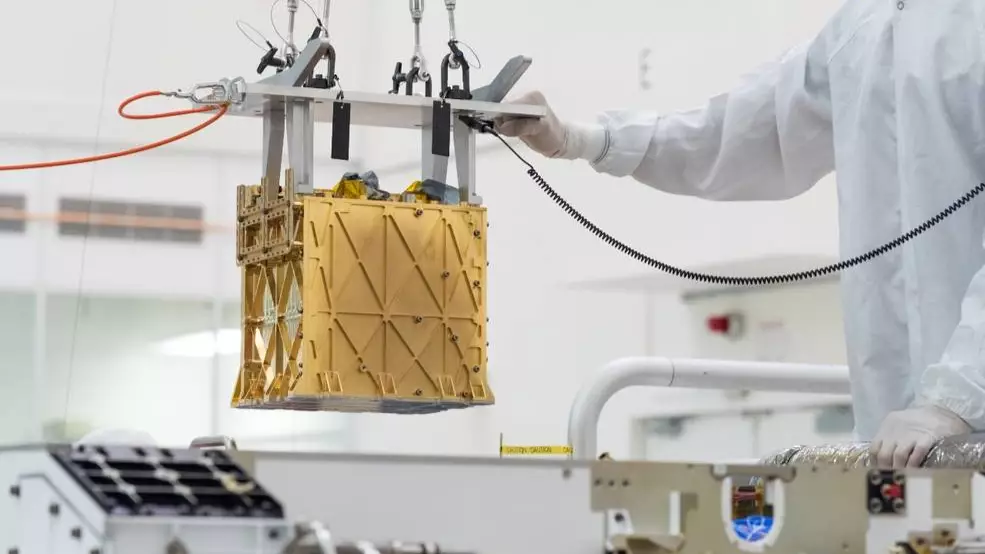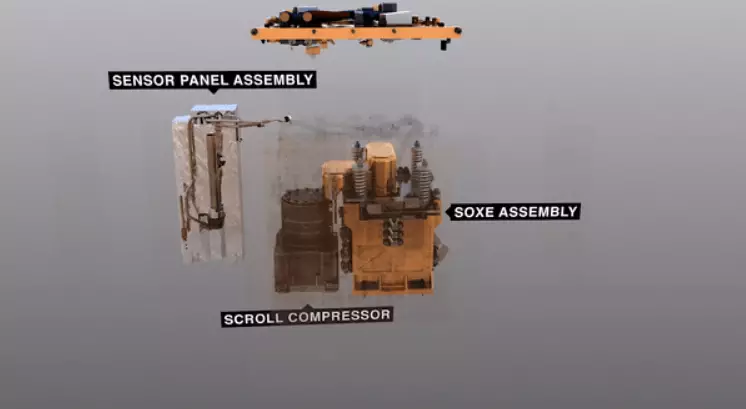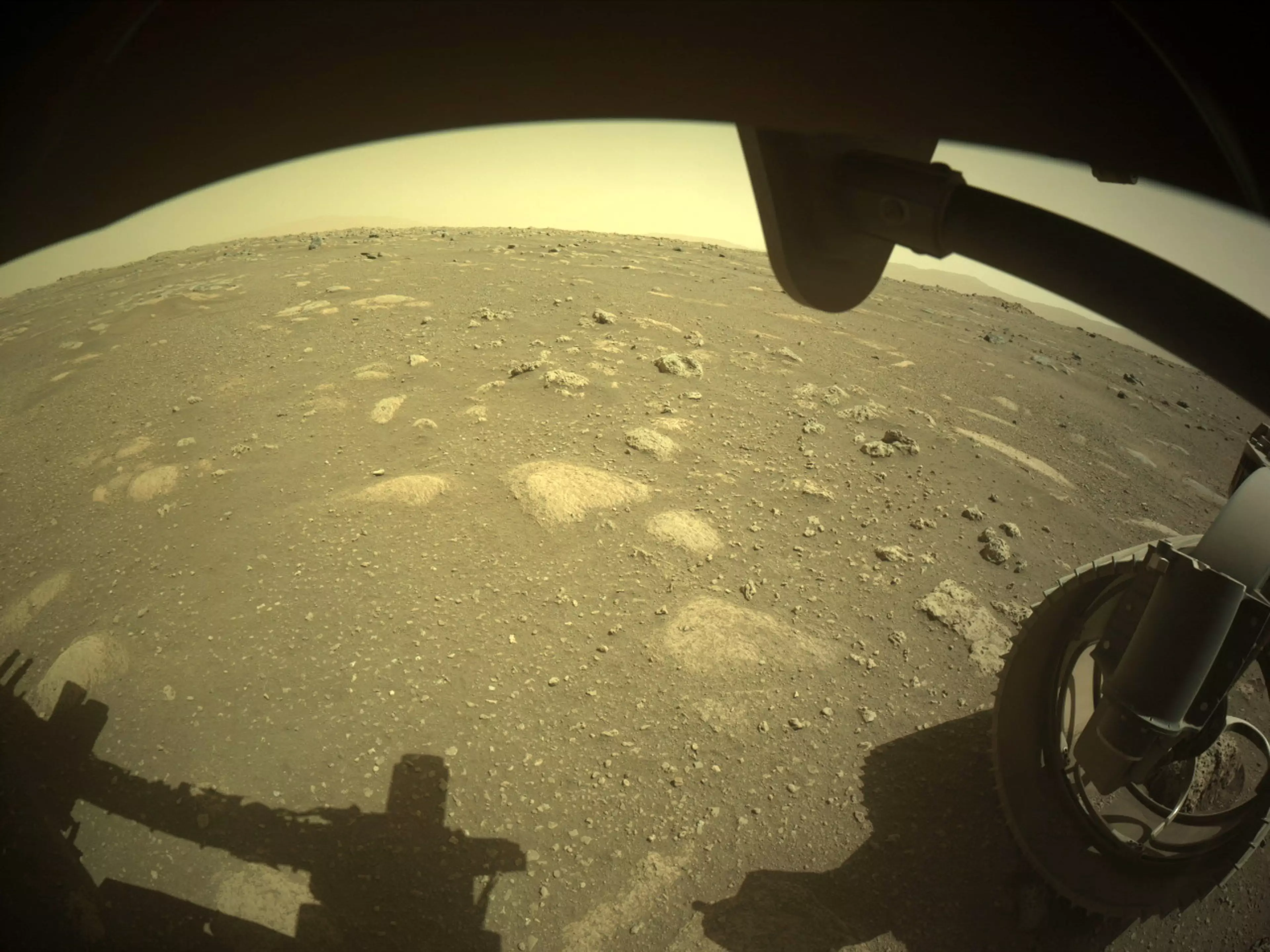
NASA's Perseverance rover is already proving its worth on Mars, having managed to create oxygen for the first time - a crucial development for the exploration of the red planet.
A press release from the space agency announced: "The growing list of 'firsts' for Perseverance, NASA's newest six-wheeled robot on the Martian surface, includes converting some of the Red Planet's thin, carbon dioxide-rich atmosphere into oxygen."
The rover managed to make oxygen on 20 April using a 'toaster-size' instrument on board called the Mars Oxygen In-Situ Resource Utilization Experiment (MOXIE).

The development has been hailed a 'critical first step', with NASA saying such technology may help 'provide breathable air for astronauts' in the future.
Advert
Moxie works by separating oxygen atoms from carbon dioxide molecules, a process that requires high levels of heat.
For its first operation, the oxygen production was 'quite modest' - creating around 5 grams, equivalent to about 10 minutes worth of breathable oxygen for an astronaut - but NASA said the demonstration was designed to ensure the instrument survived the launch to earth.
Jim Reuter, associate administrator for NASA's Space Technology Mission Directorate (STMD), said: "This is a critical first step at converting carbon dioxide to oxygen on Mars.
"MOXIE has more work to do, but the results from this technology demonstration are full of promise as we move toward our goal of one day seeing humans on Mars. Oxygen isn't just the stuff we breathe. Rocket propellant depends on oxygen, and future explorers will depend on producing propellant on Mars to make the trip home."
Advert
MOXIE's principal investigator, Michael Hecht of the Massachusetts Institute of Technology's Haystack Observatory, explained that oxygen is 'key' for rockets or astronauts.

To burn its fuel, a rocket needs to have 'more oxygen by weight', meaning that getting four astronauts off the Martian surface in future missions would require approximately 15,000 lbs (7 metric tons) of rocket fuel and 55,000 lbs (25 metric tons) of oxygen.
Hecht said: "The astronauts who spend a year on the surface will maybe use one metric ton between them."
Advert
Of course, lugging 25 metric tons of oxygen from Earth to Mars wouldn't be an easy feat, but a scaled-up version of MOXIE would be 'far more economical and practical'.
NASA said the 'oxygen-production runs would come in three phrases - the first aiming to check out and characterise the instrument's function, while the second seeks to run the instrument in 'varying atmospheric conditions' such as different times of day and seasons.
Finally, the third phase will be all about trying new operating modes or - as Hecht explained - introducing 'new wrinkles, such as a run where we compare operations at three or more different temperatures'.
Hecht added: "We'll push the envelope."
Advert
Featured Image Credit: NASA/JPL-Caltech
Topics: World News, News, Nasa, space